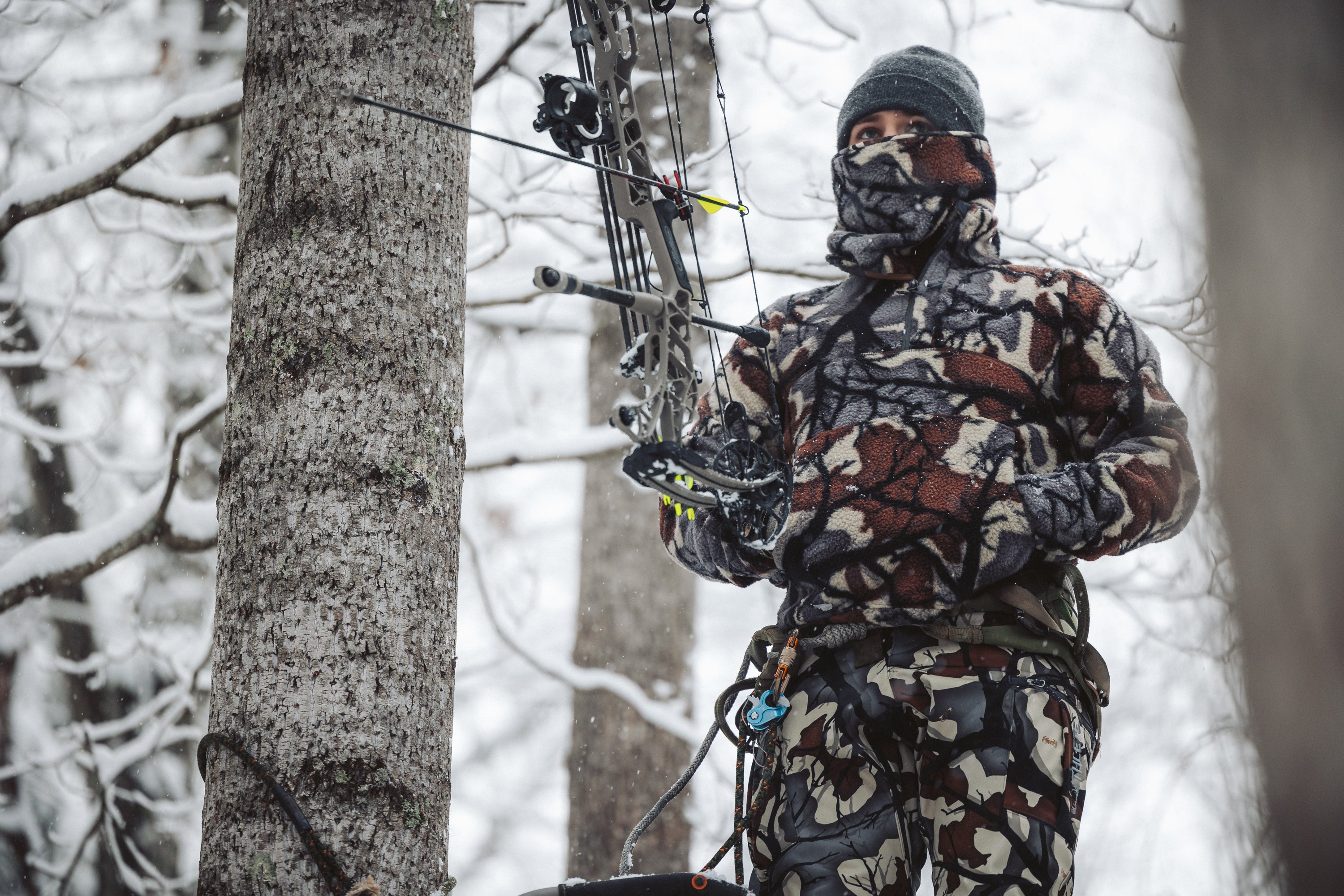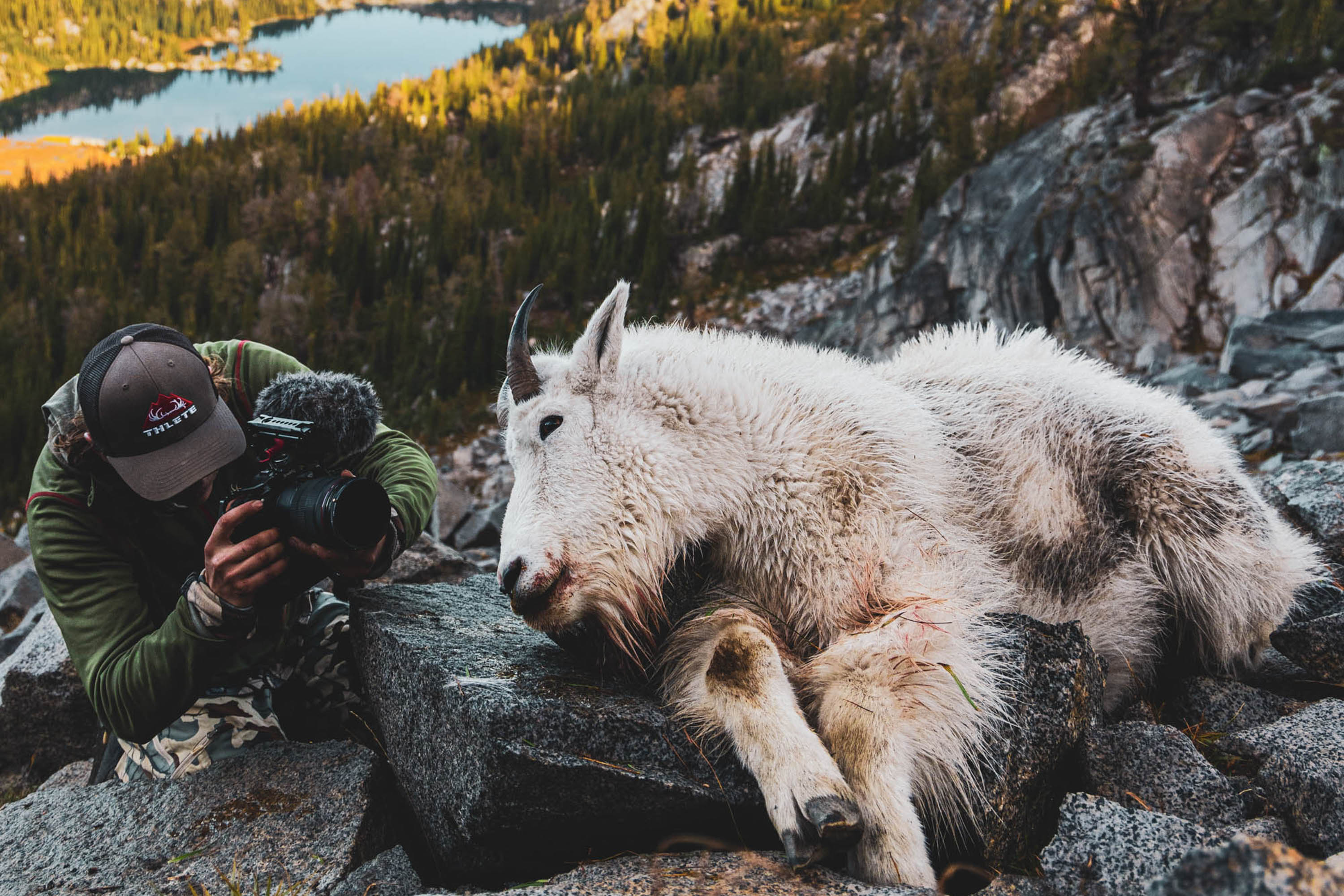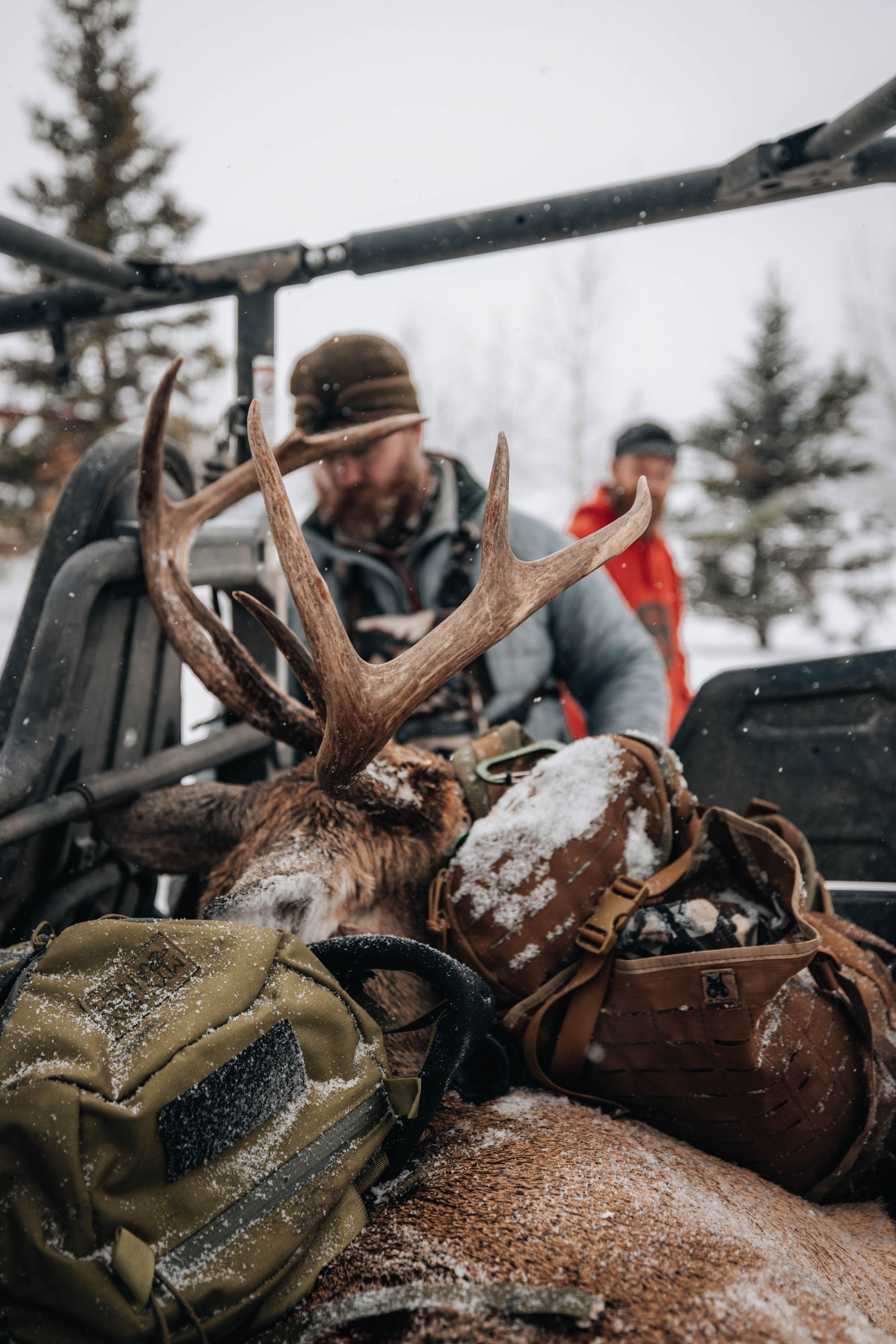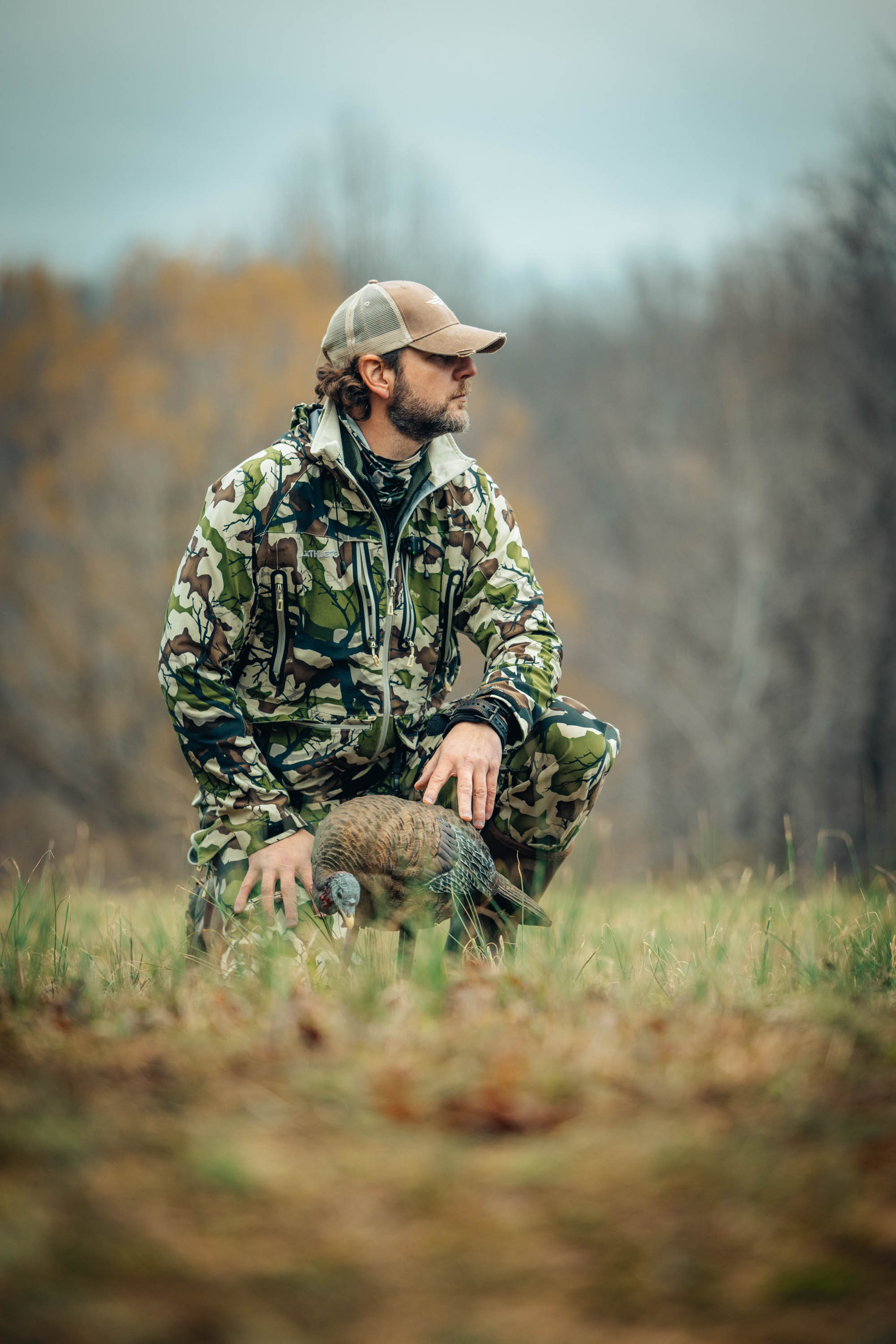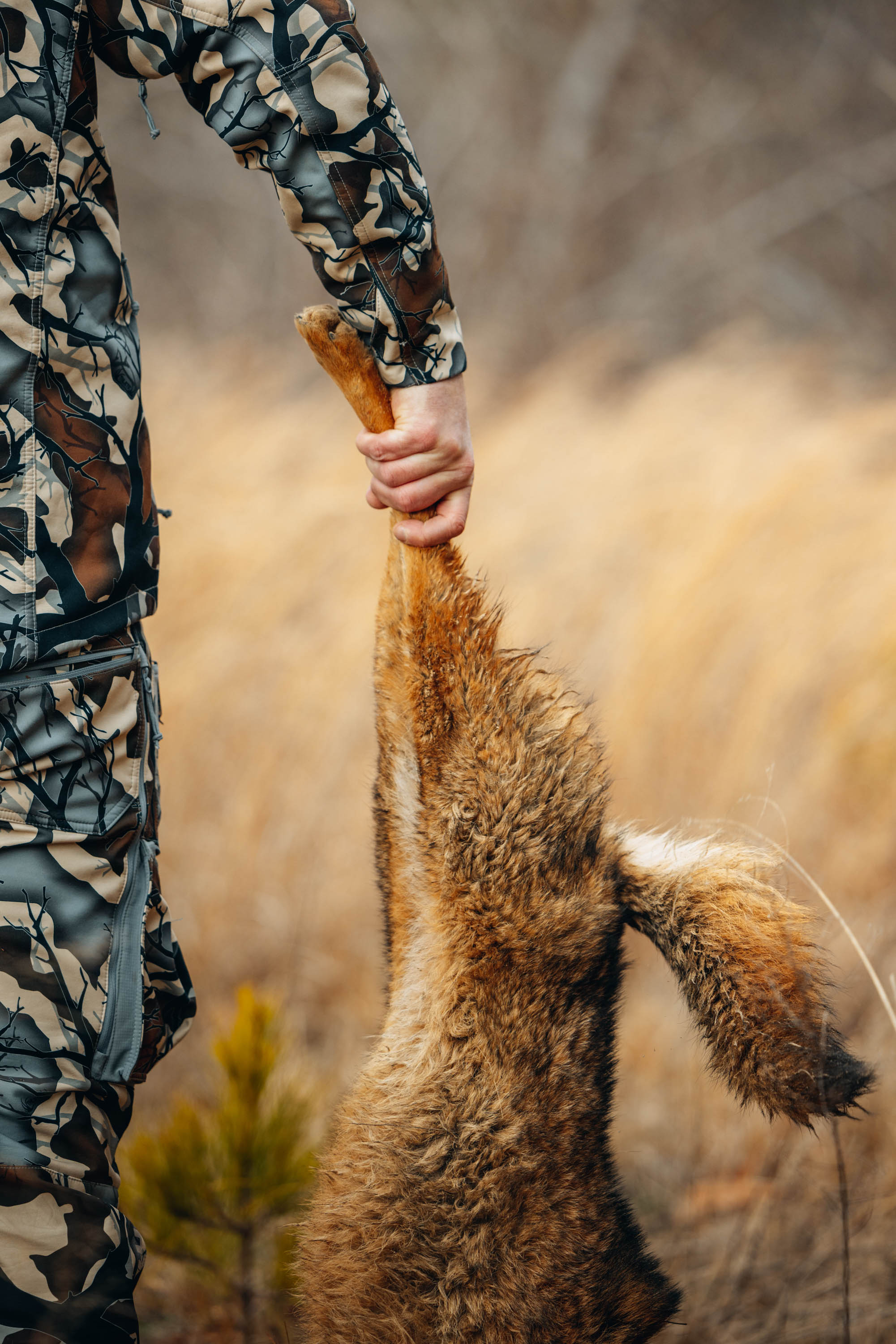
Predator Control
Predator Control, a must for whitetail deer management.
We as hunters do our best to stay in tune with our deer herd. We know when the population rises and we can easily distinguish when the population is down. We are managers; we manage our hunting property to better accommodate and grow healthy deer and offer the best cover and food to promote good health and survival. But inevitably, despite our efforts, many fawns will die before weaning age and there is a myriad of influences that can lead to their demise. Malnutrition, disease, predation, parasites, starvation and stillbirth are just a few of the contributing factors that can lead to a mortality rate as high as 90% among fawns. While most of the influences are out of our hands, there is one that we can control. We as land managers cannot dictate the weather and disease, but we can manage predators and the impact that they have on whitetails. In this post, we will take a closer look at fawn mortality rates and predator control.
A study was recently released from the Wisconsin Department of Natural Resources unveiling data from the first of a four-year survey of collared whitetail fawns. Researchers collared a total of 90 fawns, 45 male and 45 female during the spring of 2017 to better understand the contributing causes of fawn mortality and population fluctuations. The collared fawns were monitored each day through the end of August, during September the monitoring was reduced to once a week. If a collar was remotely checked and the fawn had not moved in 4 hours, researchers would enter the area immediately to determine the cause of death by obtaining site data and DNA swabs. The key to the study was speed. If a fawn died, getting to the scene before predators discovered the carcass was imperative to determining the cause of death before the site was contaminated. Through the end of September, 32 of the 90 fawns did not survive. Of the 32 deaths, eight were determined a mystery. The top distinguishable cause of death was predation which accounted for 16 of the 32 deaths. Aside from predation, three fawns died of starvation, another three from disease/injury, one from a domestic dog and one was accidentally killed by farm equipment. Of the eight "no data" fatalities, it is assumed that predation played a role in some of those deaths as well.
Weather conditions are a significant variable in mortality rates from one year to the next. The above study was conducted in southwest Wisconsin and also followed a relatively mild winter which means that malnutrition and starvation statistics were below average. The severity of winter conditions fluctuates considerably, in the great plains and far north fawn mortality rates related to weather conditions can easily overshadow predation during an unusually harsh winter. It has been documented that harsh winters in northern Minnesota and Wisconsin can account for very high death tolls among fawns, as high as 71%.
What the study accurately portrays is how predation can affect whitetail populations. We can ascertain that a minimum of 20% of fawn mortalities can be linked to coyotes and Bobcats. That number is actually on the low end according to many researchers who believe predation realistically accounts for a minimum of 40% of fawn mortalities. Another variable that should be mentioned is how data was collected and the method of collaring. Most fawns are not collared until they are at least one week old. It is widely believed that the majority of fawns that succumb to predation fall in the first week of life which could dramatically alter the research data.
Fawn studies have become increasingly popular in the past decade and more studies are being conducted each year across the country to distinguish the direct impact that predation has on the whitetail population in a given area. Coyotes remain to be the top predator, but there are a few others that do play a role. It was previously believed that black bears killed a significant number of fawns, but studies have revealed that bears do not actually seek out fawns like coyotes, bears are more opportunistic and will kill a fawn if given a chance, but do not necessarily hunt them. It is believed that in areas with high black bear populations that up to 10% of fawn mortality can be attributed to bear kills. Bobcats seem to thrive in the regions that receive heavy snowfalls. Areas such as Northern Michigan have reported that Bobcats do just as much damage as coyotes, but this is not typical on a broader scale.
Bottom line, coyotes take a lot of fawns in the first few weeks after birth. A new scientific study that allows researchers to collar fawns immediately after birth is currently underway but until more data is collected, we will not know the exact impact that predation has on whitetail fawns. There are a lot of influences that we cannot control, but we as hunters have the ability to control the impact that predation has in our area. Most states have very liberal coyote seasons which remain open all year long allowing for continuous predator management. There has not been enough testing implemented, but informal studies have shown that if coyote populations are dramatically reduced, fawn survival rates can double.
Sounds simple right, head out in January and do a little coyote population control? While predator control will have an immediate impact, it needs to be followed up each year to be successful. Reason being that coyote populations have the capability to fluctuate considerably and if the population is reduced by hunters, a female will likely have a larger litter in the spring to rebalance the population; where two or three pups are the norm, a female may have upwards of 8 to 10. So, with that being said, you can accidentally create a boom in the coyote population if you do not implement predator control each year. It is a long-term management approach, not a one-year solution. Kip Adams, a biologist with QDMA, is confident that a minimum of 75% of the coyotes must be removed each year to see positive results.
As a land manager, it is up to you to determine which approach best fits your hunting grounds. Unfortunately, the future is already set. Coyotes are here to stay and without rigorous management, they are very difficult to keep in check. If you have the resources and time to manage your coyote population, it can be a great way to ensure fawn survival. However, if you are looking to leisurely pop a few coyotes for pelts, you may be inadvertently causing a minor boom in the coyote population the following spring.

